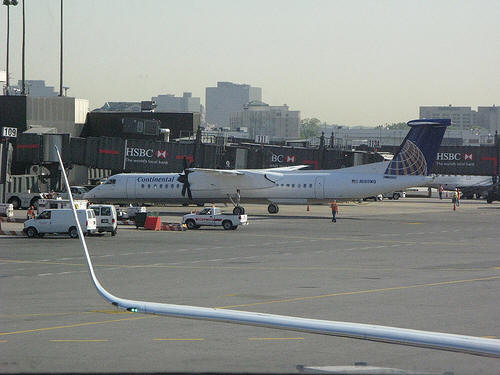 |
|
|
|
|
|
|||
|
By |
||||
 |
March 28, 2010 - The National
Transportation Safety Board issued its final report on the
Continental connection Flight 3407 that crashed into a house near The pilot and the first officer entered contradictory information into the cockpit computer system, the NTSB said, triggering a false alarm. According to a report in the New York Times, the pilot responded to the false alarm by pulling the control column in the wrong direction, leading to the crash. The NTSB also found that the Colgan flight's first officer contributed to the crash by violating sterile cockpit regulations. In the moments before take-off, all conversation is required to be relevant to the flight take-off process, a condition known as "sterile cockpit." |
|||
|
But the NTSB report disclosed that
the first officer sent two text messages from the cockpit, one during
sterile cockpit time. Conversation unrelated to
the operation of the airplane distracted the pilots from their job,
according to the NTSB report. When it comes to recommending
solutions to the problems uncovered in the Colgan Air crash, perhaps one
of the most challenging findings involves pilot fatigue. The co-pilot on
Flight 3407 flew in from |
||||
| The families of the crash victims hope to see Congressional action on flight safety in lieu of new Federal Aviation Administration regulations, the New York Times reported. The FAA regulatory process on average takes two and a half years from initiation to final rule publication, and sometimes as long as a decade, according to a July 2001 Government Accountability Office report. Among the issues families of the crash victims hope Congress will address are maximum work hours and minimum qualifications for first officers on commuter airlines. |
| ?AvStop
Online Magazine
Contact
Us
Return To News
|
|
